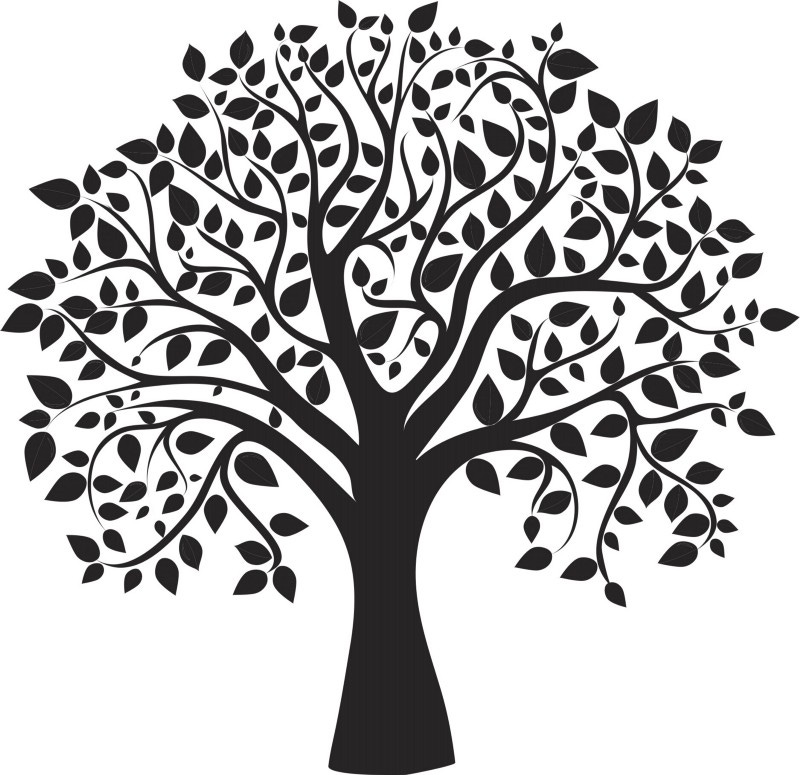Climbing the Decision Tree Without Falling
AES was a company ahead of its time. Founded in 1981 by Roger Sant and Dennis Bakke, by 1999 it operated 90 electricity plants in 13…
AES was a company ahead of its time. Founded in 1981 by Roger Sant and Dennis Bakke, by 1999 it operated 90 electricity plants in 13 countries and employed nearly 40,000 people based on a philosophy of organizational self-management. As Bakke related in an interview at the time: “Everything about how we organize gives people the power and the responsibility to make important decisions, to engage with their work as businesspeople, not as cogs in a machine.”[1]
While AES later changed leadership as a result of slumping energy markets, its pioneering example posed an important question: is it possible for a large organization to decentralize decision-making and maintain a laser focus on its stakeholders?
In theory, the organization itself, operating in a particular context, determines which processes need to be executed to pursue a strategy, and which decisions need to be made.
If one creates an organization larger than a sole proprietorship, it consists of a network of at least two people, and potentially tens of thousands. In that network, someone must own each process and decision. If one creates an organization in which the ownership of each process and decision is fully negotiable (for example, a self-managing model), then every player’s role can be defined and optimized to their individual interests and strengths. Similarly, every person’s decision-making authority (called decision rights) can be negotiated and optimized to one’s interests and strengths. Making sure that every process is covered, and accounting for every recurring decision, is just another process that someone necessarily owns.
A reasonable approach is to simply ask the question: who is the best person to make a particular decision, and how should that decision be made?
Of course, not every decision will be recurring or foreseeable, in which case simple principles should govern the decision-making process: involve everyone who will be affected by a decision and incorporate the expertise of everyone who can conceivably contribute to the quality of the decision.
In a self-managed organization with distributed decision-making, individuals can look at the entire forest of available process ownerships and negotiate among themselves which decision tree branches to own, in full or in part. These become individual role definitions, which may or may not map to traditional job descriptions. For each process ownership, certain decisions pertain. Process owners negotiate among themselves the scope of decision-making authority that each person agrees to own for a given process. Is Person A the agreed-upon sole decision maker for a given process? Does Person A make the decision only after consulting Persons X, Y and Z? Does Person A only make the decision when the regular decision maker, Person X, goes on vacation?
The possible permutations and combinations of decision right ownerships are limited only by one’s imagination. Ultimately and always, the firm and its context dictates which strategies must be adopted, which processes must be executed, and which decisions must be made. However, it’s up to human beings to make decisions and to take actions, either individually or collectively. Firms are concepts, business units are concepts, teams are concepts. Only human beings are real. Only human beings can act. Only human beings can make decisions (and delegating a decision to a coin flip or a computer algorithm is itself a human decision).
Achieving clarity and transparency around decision rights is a golden opportunity for organizations to plant their decision trees around a common purpose, and to let individual value creators climb those trees without inordinate risk.
[1] https://hbr.org/1999/01/organizing-for-empowerment-an-interview-with-aess-roger-sant-and-dennis-bakke
Originally published at https://forbesbooks.com on August 21, 2020.


